Work starts on the Whitsundays Airport exciting solar array

In early 2021 the Whitsundays Regional Council put together a Request For Tender (RFT) for the supply and installation of a significant solar array to help power the Whitsundays Airport in Proserpine. The objective of Whitsunday’s airport solar panels was to significantly reduce the operations carbon footprint and costs by engaging a qualified EPC company to design and install a solar array of at least 300kW, preferably higher. Bids were received from approximately 12 companies who put together designs to show how they could help exceed these targets. In April 2021, after Council reviewed all received bids, GI Energy were selected to supply and install a 400kW solar array. The design is now fully complete and work on site has started on the 24th May 2021.
Whitsunday’s airport solar panels statistics
Once installed and commissioned the solar array will produce 663,810 kWhs of clean renewable energy per annum. For those who are wondering what that really means, it is the equivalent of powering approximately 84 family homes every day. A kWh is basically the measurement of electricity as it appears on your energy bill. There will be 990 large commercial solar panels installed in total and 4 commercial solar inverters. More on the specifics of the products later on. From an eco-perspective, the solar array will reduce the airports C02 emissions by over 531t per annum and will produce enough clean energy to be the equivalent of planting a forest of nearly 25,000 trees.
From a financial standpoint, the solar array is expected to reduce the airports energy costs by close to $120,000.00 per annum.
GI Energy are the primary contract holder for this project and have teamed up with local contractors NQPE to deliver the project to completion. The expected completion date is the end of June 2021 when the solar array will be capable of being switched on so it can start producing all that beautiful solar energy.
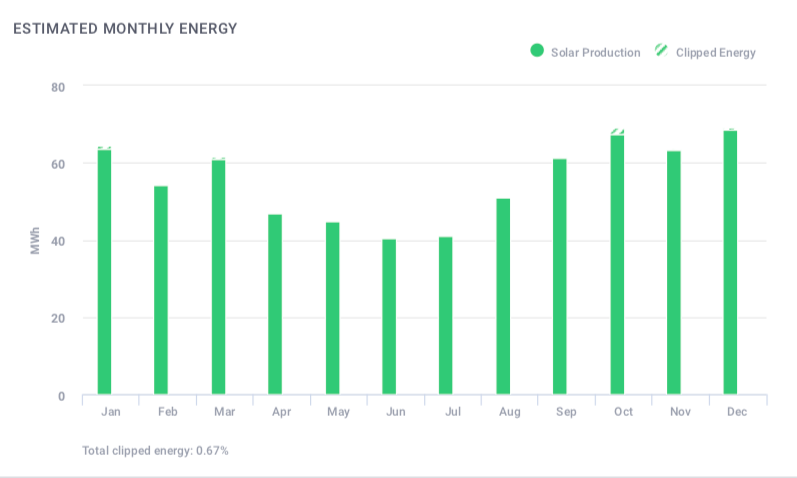
Whitsunday’s airport solar panels – Technology used
GI Energy will install 990 x 405w REC TwinPeak 3S solar panels which have a full 25-year product and performance warranty to ensure a long lifetime for the Whitsundays Councils investment. REC TwinPeak 3S Mono solar panels feature an innovative design with the higher panel efficiency of monocrystalline cells, enabling customers to get the most out of the space used for the installation. Based on the multiple award-winning REC TwinPeak technology, REC TwinPeak 3 Mono panels bring heightened efficiency to REC’s portfolio. The 72-cell variant of the REC TwinPeak 3 Mono is bigger in size, but at just 22 kg, still lightweight. Plus, it delivers even higher power output per m2. Combined with industry-leading product quality and the reliability of a strong and established European brand, REC TwinPeak 3S Mono 72 Series panels are ideal for all types of commercial rooftop and utility installations worldwide.
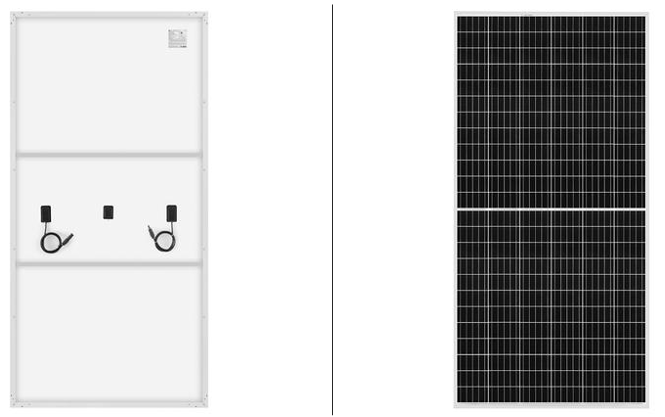
REC TwinPeak panels also come with additional support in the middle of the panel to strengthen the frame, as shown in the above picture.
Solaredge optimisers and inverters have been used to power the solar panels. Power optimisers work differently to a standard string inverter and allow each solar panel to operate independently instead of in a string configuration. This essentially allows the solar panels to work as efficiently as each one can individually, rather than the efficiency being lower if one panel is affected by shade or debris.
String inverters work like this:
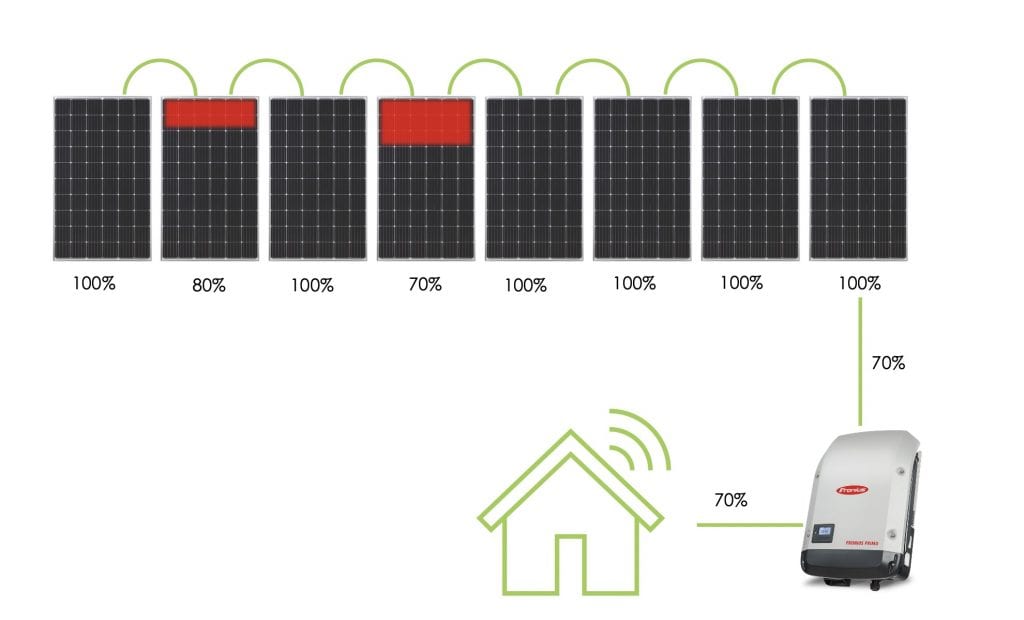
Power optimisers work like this:

The combination of REC solar panels and Solaredge inverters with optimisers means the project will operate at an extremely high level of efficiency. The Solaredge inverters used will also have a 12-year warranty so if there are any issues in the future, the project is very well protected.
Monitoring the performance over the years of the Whitsunday’s airport solar panels
The solar array will be remotely monitored by GI Energy to ensure the performance is achieving the targets outlined in the design. With Solaredge monitoring technology, we can monitor every single solar panel individually. This means if 1 panel out of the 990 installed fails or produces less energy that it should, we will immediately know about it!
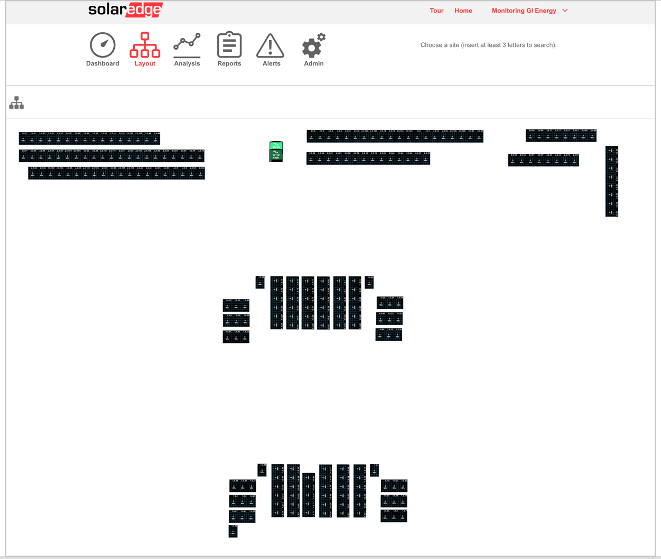
The above image shows an existing 100kW system GI Energy installed as part of a 300kW project for Padua College in Brisbane in early 2021. The layout shows every single solar panel and the software allows you to choose any panel to see its individual performance.
With increased yield due to panels operating independently and a higher level of monitoring, the airport is well placed to continue reducing emissions and costs for many years head.
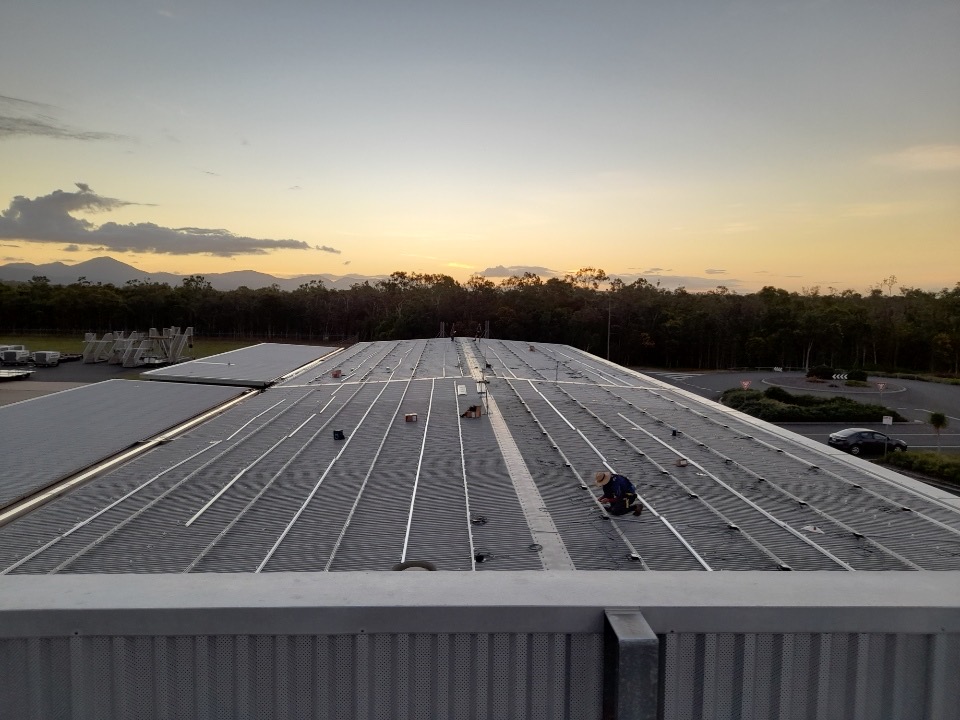
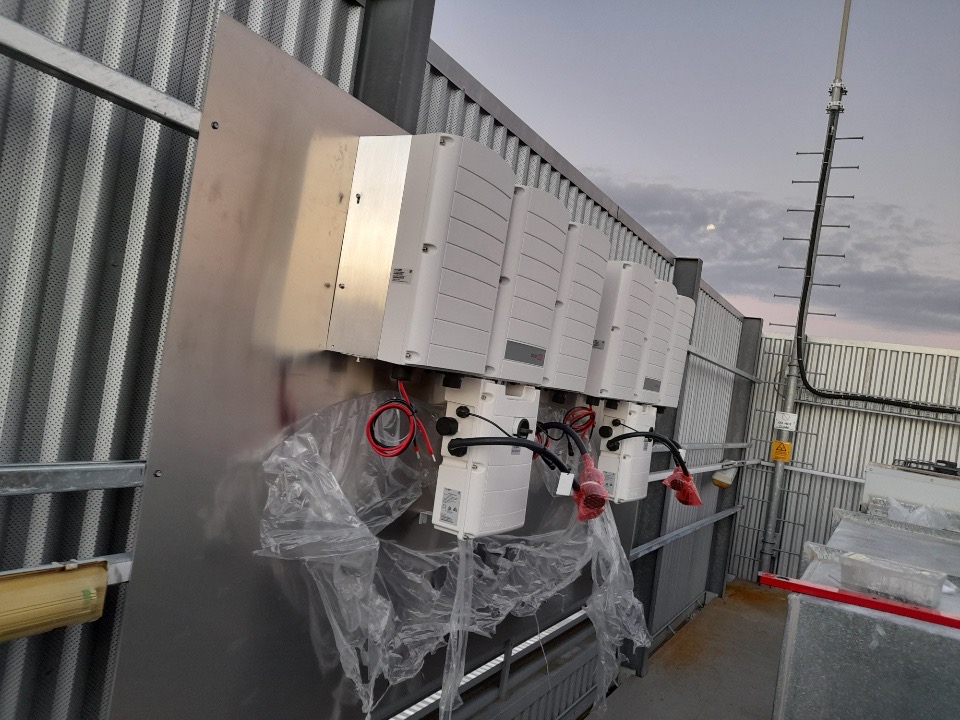
The above images show some progress photos of rails being laid ready for solar panels to be installed and inverters being mounted.
If you are interested in seeing how solar energy can work for your home or business, these links may be helpful:










